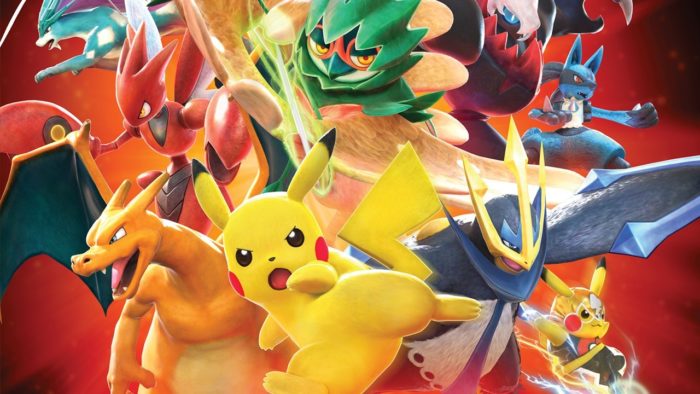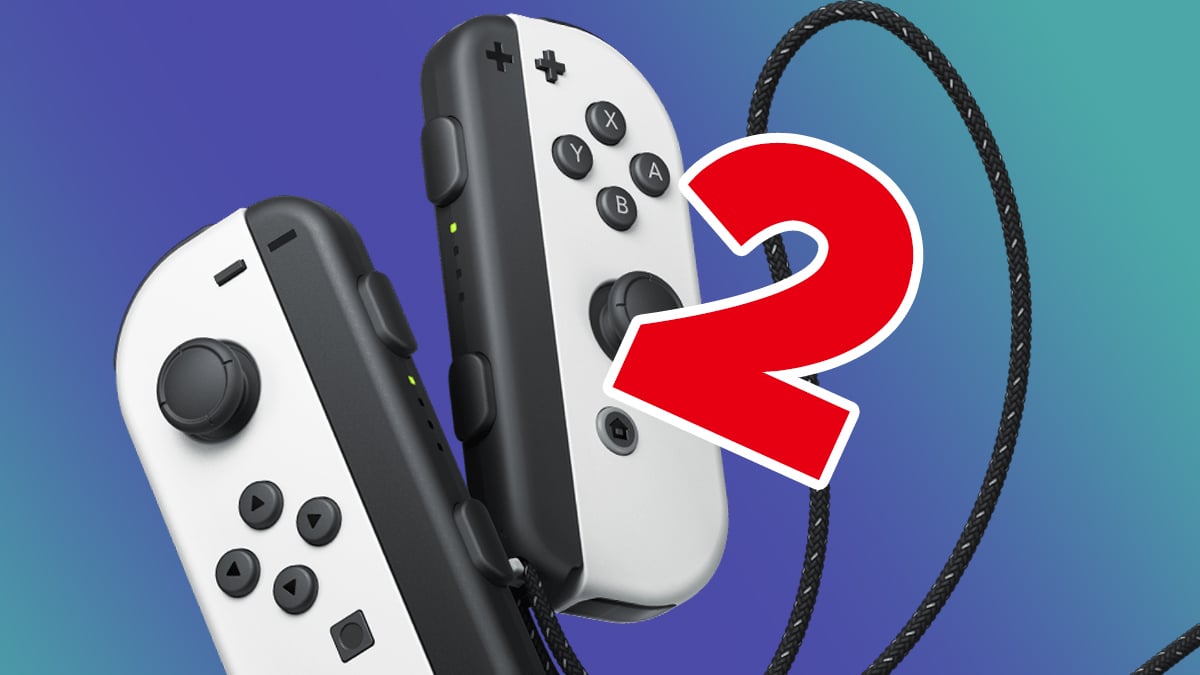Pokken Tournament DX on Switch
If you’ve ever dreamed of diving headfirst into a frantic Pokemon battle with complete control over your chosen pocket monster, Pokken Tournament DX is a literal dream come true. Despite having released over a year ago on the Wii U (and in arcades even before that), Pokken still stands tall as a deep Tekken-style fighting game with complex move sets and combos to learn, and other new innovations that help to shake things up. While Pokken Tournament DX doesn’t necessarily add on a whole lot of new content to the game, the Switch version does bring enough changes and improvements that will potentially attract newcomers.
I like to think of Pokken Tournament DX as a fighting game that’s meant for the casual player. After slogging through a grueling story campaign in this year’s Tekken 7 and a deceptively tough ARMS tournament mode, returning to Pokken felt like a breath of fresh air. Packed in with the same lengthy offline story mode that was present in the Wii U release, Pokken eases new players into the action with a gentle learning curve for the first two league ranks. It’s not until you hit the third rank that things really start to ramp up, and players are forced to think more technically about their Pokemon’s strengths and weaknesses, and how to make use of Pokken’s innovative phase shift mechanic to turn things in their favor.
In the middle of this, however, Pokken also caters to casual fighting game fans by allowing them to earn money and unlock new cosmetic items as they go along. You’re rewarded for everything you do in the game, and it’s always a nice feeling when you finally save up enough money to buy that fancy new hat for your character, or you unlock a shiny new title to display alongside your username. Couple that with the separate leveling and stat systems for each individual Pokemon, and Pokken succeeds in delivering a rewarding sense of progression as you work your way through the league battles.
Gameplay-wise, not much has changed. Pokken’s battles are 1v1 fights with a somewhat small roster of Pokemon to choose from, though you do also get to select a support pair of Pokemon to take with you. The synergy gauge fills up as you deal damage and block, and you’ll have the ability to summon a support Pokemon to do a variety of things like dealing extra damage, giving you buffs, or giving the opponent debuffs. Nintendo and Bandai Namco have added new Pokemon to the support and main rosters, including new faces from Sun and Moon like Decidueye, Litten, and Popplio.

The additions to the main roster are nice, as one of my biggest complaints with the original Pokken was that the roster felt too limited, and I often found myself going up against the same few selections whenever I engaged in online battles. The inclusion of Decidueye, and the Pokemon exclusive to the arcade version (namely Darkrai, Scizor, Croagunk, and Empoleon) is nice, and definitely gives the roster some much-needed variety, especially for players who like to experiment. I spent the bulk of my time with Decidueye the edgy owl, and was pleased with how swiftly he could move around the arena, performing teleporting jumps and flying straight into the opponent’s face with fast-hitting razor wings.
Pokken’s core gameplay still feels good because of how easy it is to pull off special combos with fewer button presses than you’d be used to in most fighting games. This makes the barrier to entry for casual fighting game fans much lower, but without compromising too much on depth and complexity for veterans who are looking for something to master. Button-mashing will allow you to get by most of the time, but you’re still going to need to learn how to time your moves and other technical abilities if you really want to get good at the game. That said, the hurdle between being a button-masher and a proper student of the game never feels insurmountable. On the contrary, the ease with which you can pull off flashy moves with a Pokemon only encourages players to explore everything that character has to offer. Pokken Tournament DX is still one of the most newbie-friendly fighting games I’ve ever played, and it’s still able to strike a delicate balance between being accessible and deep.
Really hardcore fighting game fans will probably be disappointed with how easy it is to get into. If you’re looking for something as demanding of your time and attention as games like Guilty Gear or Street Fighter, you’ll be disappointed.
As mentioned previously, the phase shift system is back, and players can change the camera perspective as they pull off certain moves in a fight. Land a successful Y+B attack, and you’ll shift the camera to a 2D plane perspective where you can only move left and right. Land another successful combo, and you can knock the fight back into the 3D arena perspective where you have more freedom in movement. The fast-paced switches between the Tekken and Street Fighter-styled views are great for keeping matches feel intense and fresh, and despite this being a game developed by Bandai Namco, the infuriating juggle combos from the Tekken series never feel too prevalent here.
The biggest and best improvement made to Pokken Tournament DX is probably the local play functionality. On the Wii U, the second player was always forced to play from the gamepad while the first player played on the TV. This resulted in frame rate drops, leading to a lesser gameplay experience. That all seems to have been cleared up in the Switch version, as players are now able to fight locally on the same screen (with a choice between split or shared screens), and you can even enjoy it in tablet mode, with each player taking hold of a single Joy-Con. During my own local play experience, I didn’t encounter any massive framerate drops even in split-screen mode, which is nice. This has been the biggest improvement to DX by far, and being able to take a traditional fighting game with you on the go is nothing short of extremely appealing.

Online play also makes a return, of course, though not much has changed on that front. Similar to the Wii U version, the netcode and connection feels stable enough, and I was even able to enjoy a few smooth rounds while online.
If there’s any complaint to be had with Pokken Tournament DX, it’s that the character models still look a bit awful, with some muddy textures. You won’t notice it during your fights, but as a match comes to a close and your Pokemon does its victory pose, you’ll see just how muddy some of its finer details are. It’s not a huge issue, but it’s still an unsightly one that hasn’t really been rectified from the Wii U version.
These are just minor complaints in an otherwise fantastic fighting game, however. Pokken Tournament DX is still one of the most well-executed fighting games that’s able to cater to casual players, while also delivering enough depth and complexity to master for those looking for it. While the bulk of the title hasn’t changed much, it’s the small things that really add up. The expanded roster and improved local play, combined with the game’s existing fantastic gameplay and rewarding sense of progression, makes this the definitive version of Pokken Tournament. It’s the perfect starter fighting game for anyone looking to get into the genre, and what better way to jump into it than with a bunch of friendly Pokemon?
Score: 4/5 – Great
Pros
| Cons
|
For more information on how we review games, check out Twinfinite’s review policy here.






Published: Sep 18, 2017 10:30 am